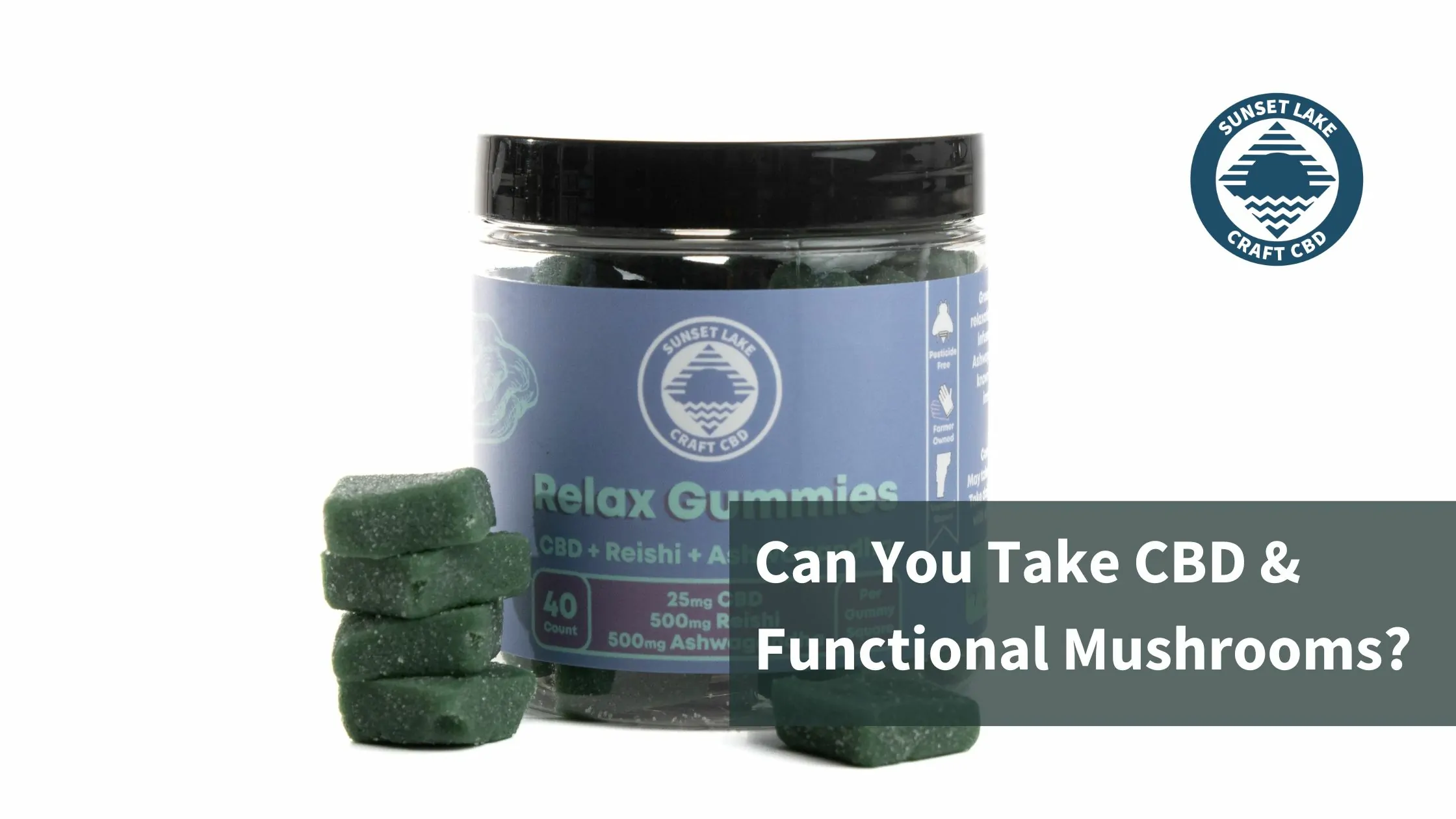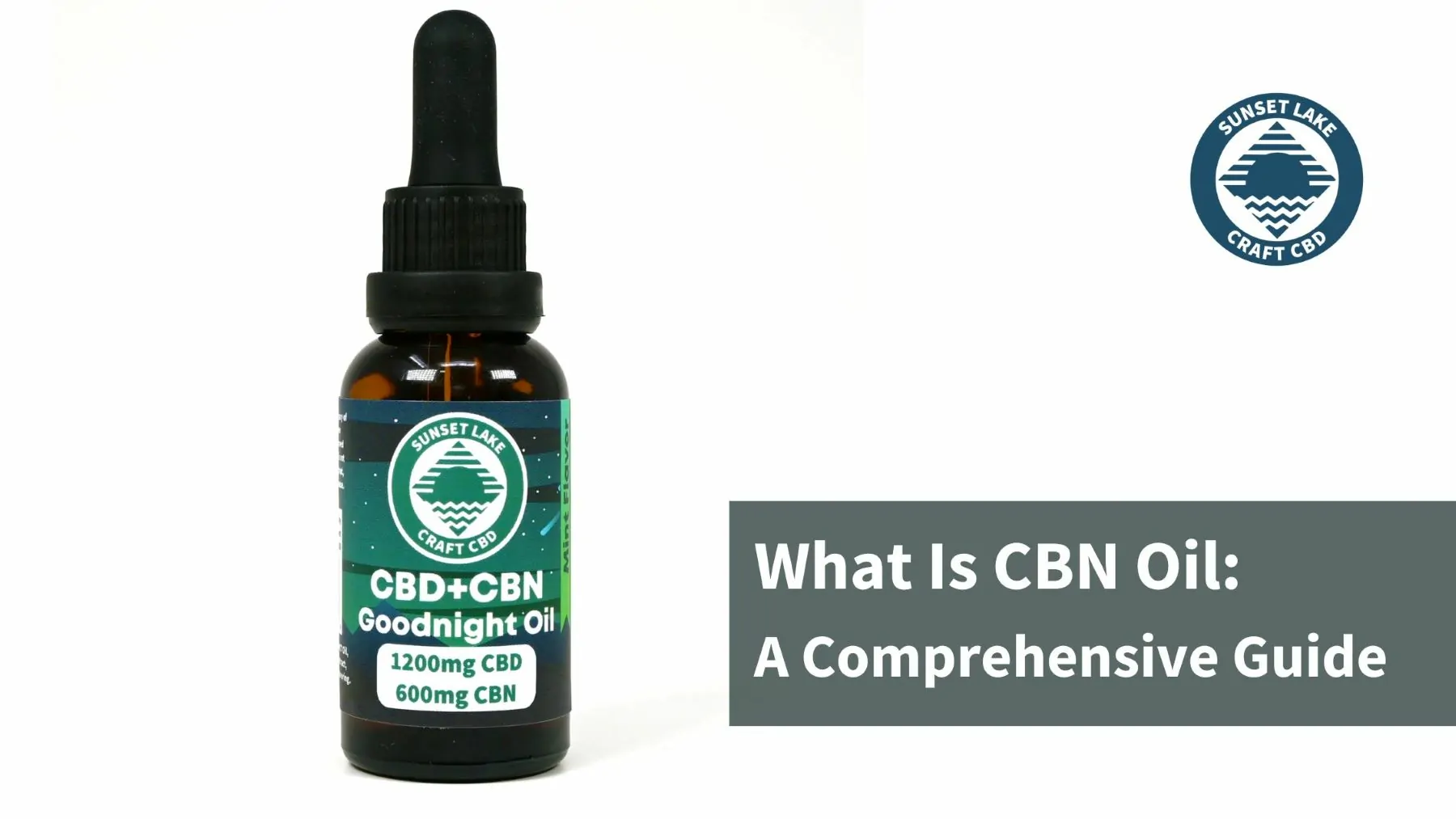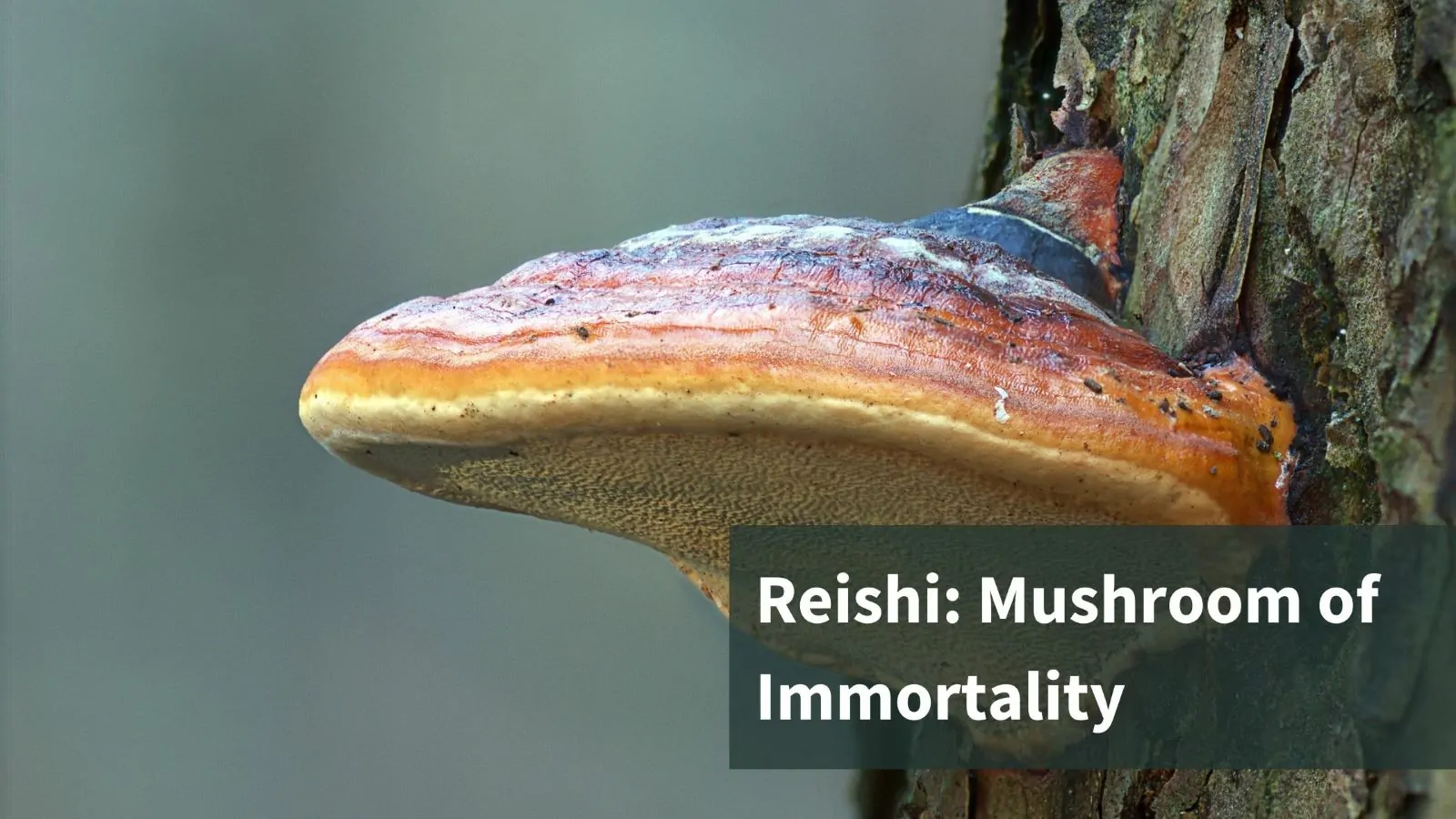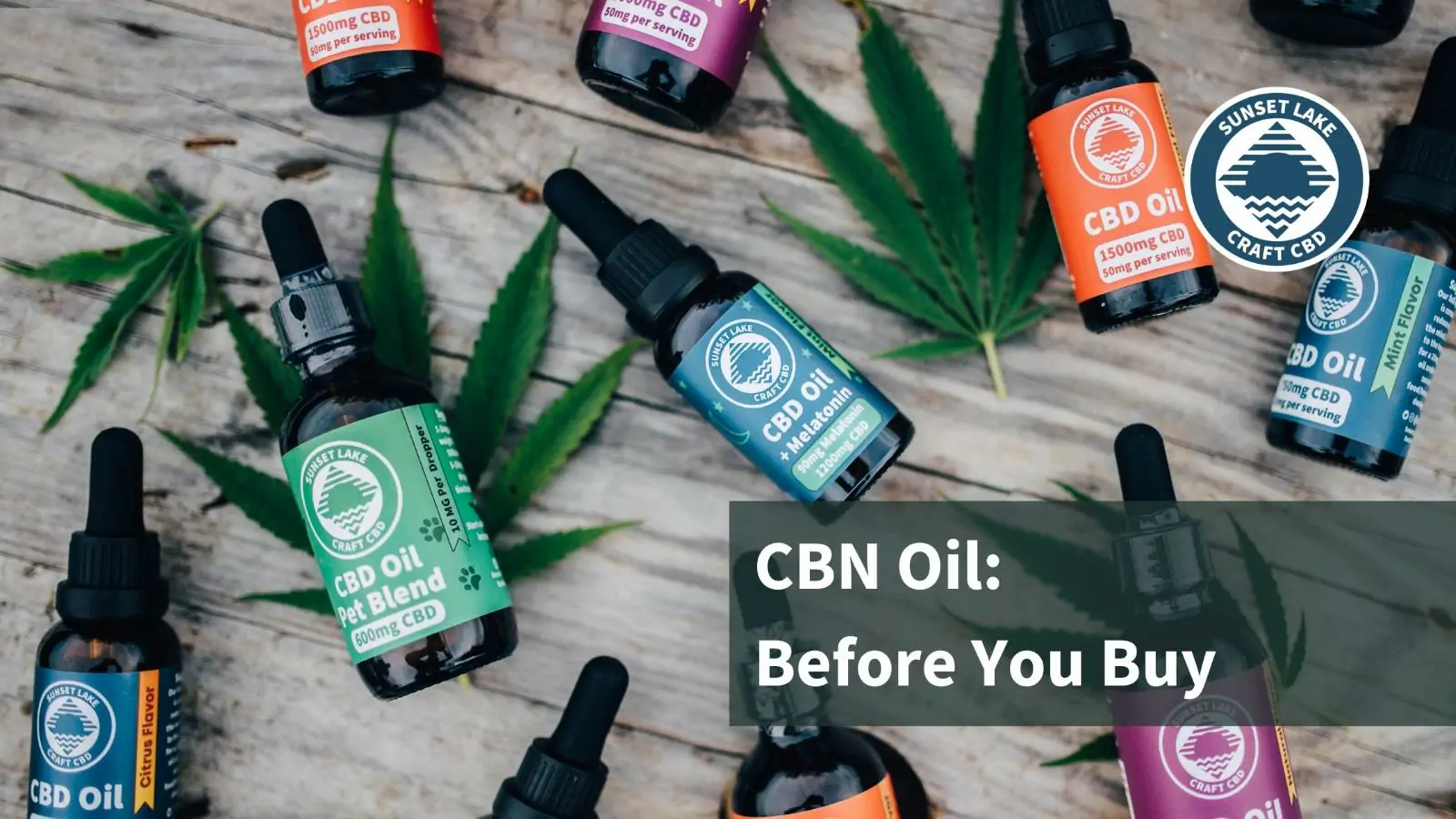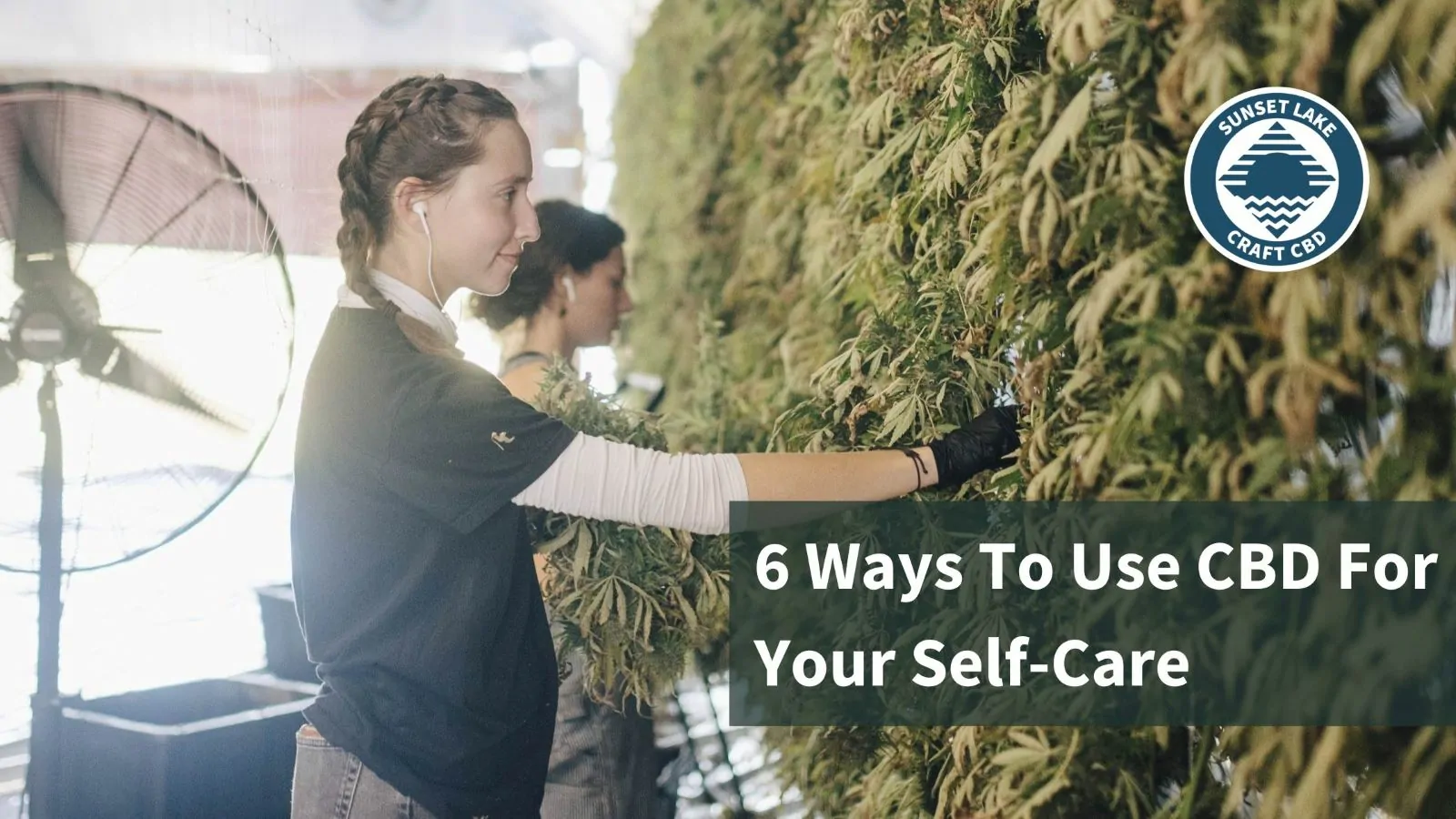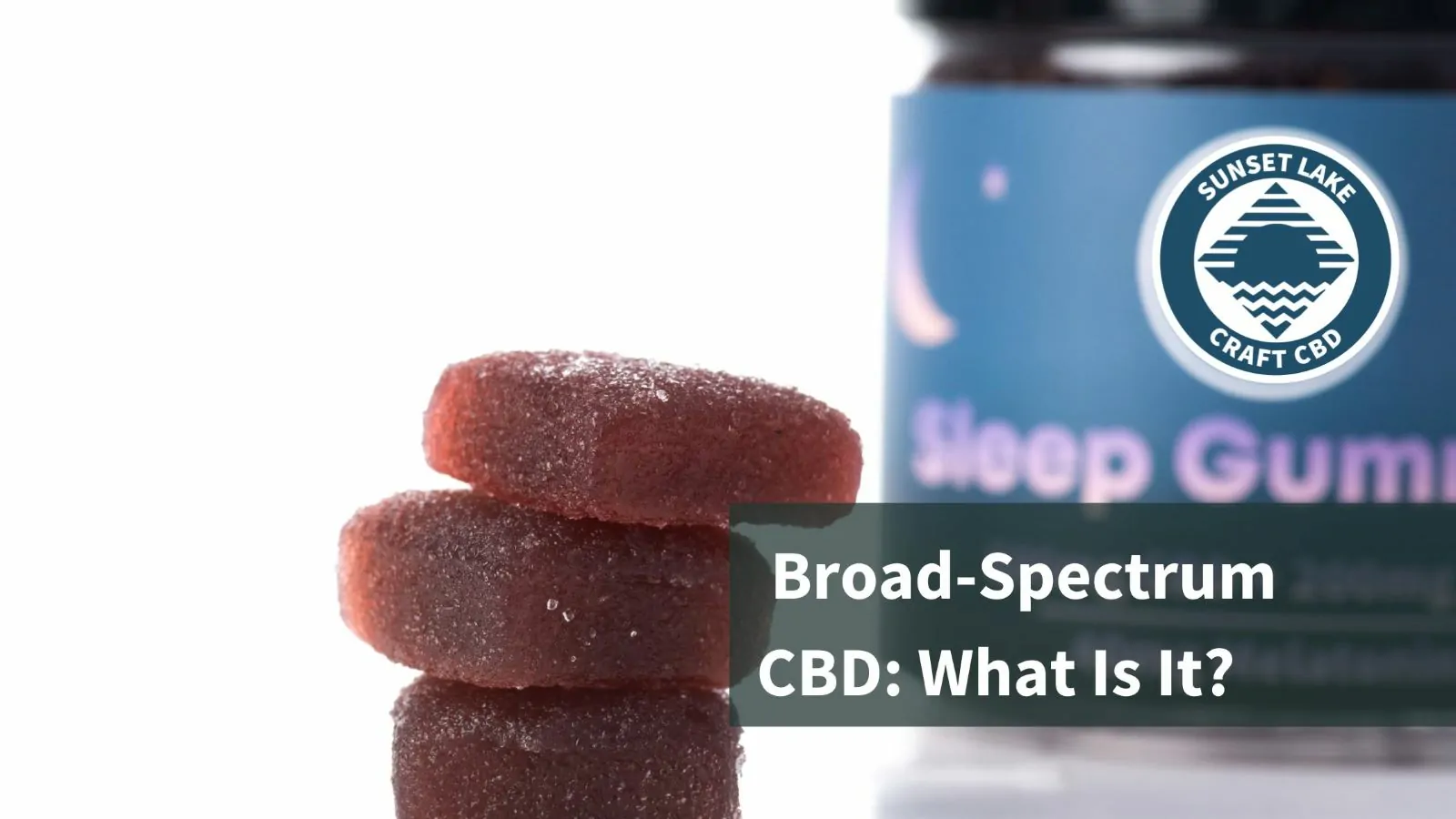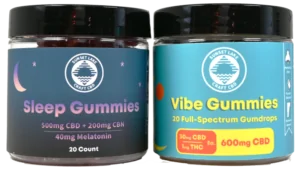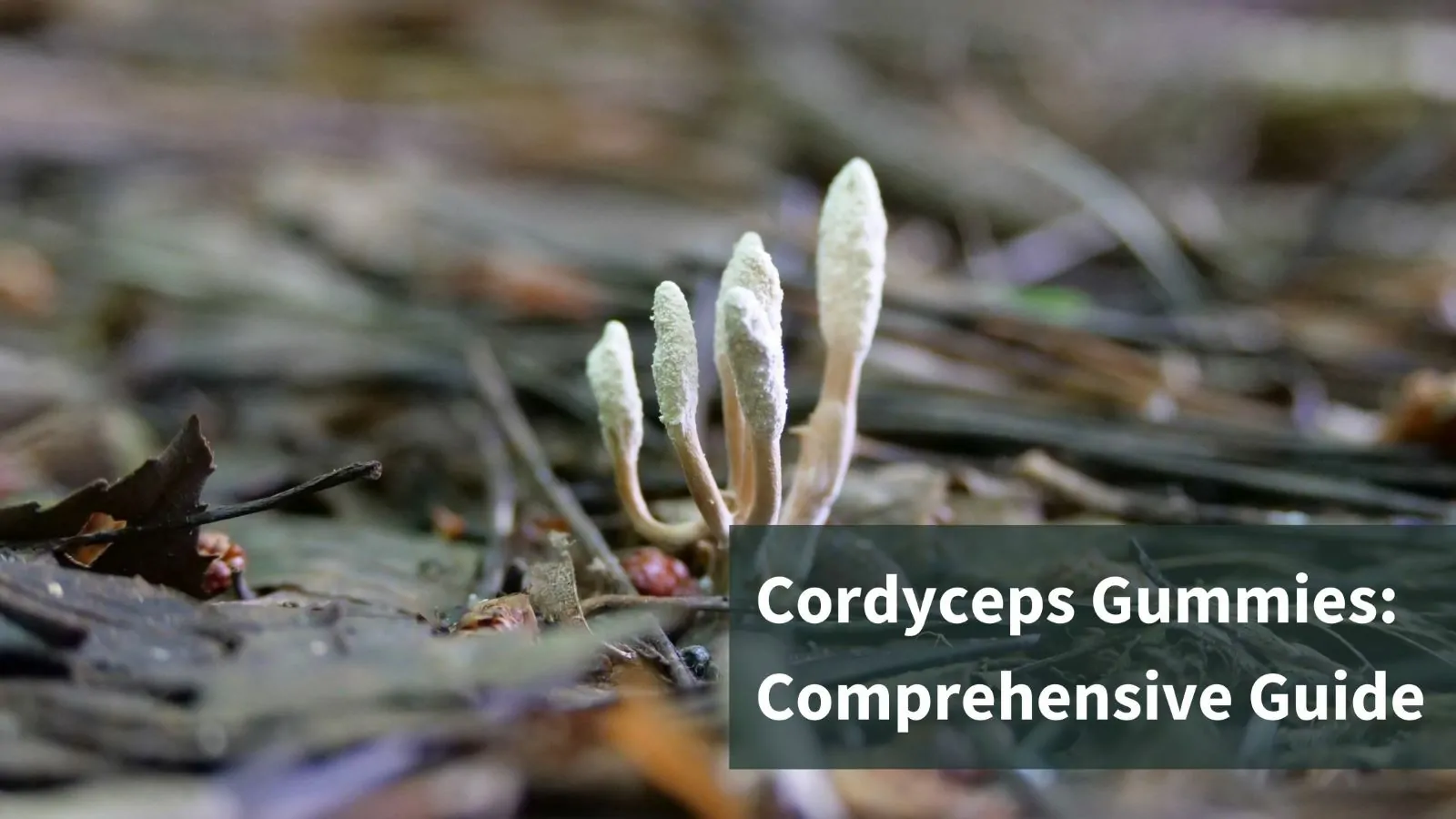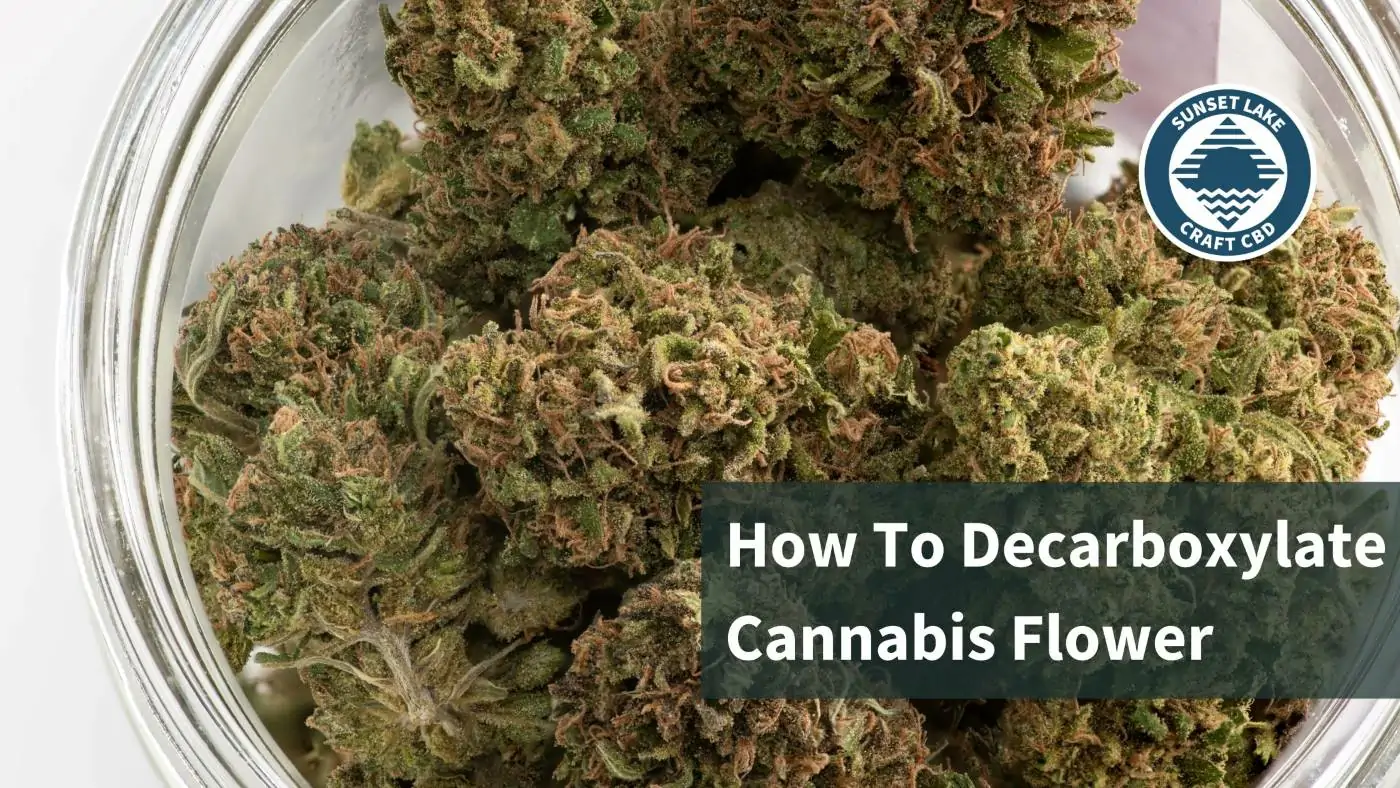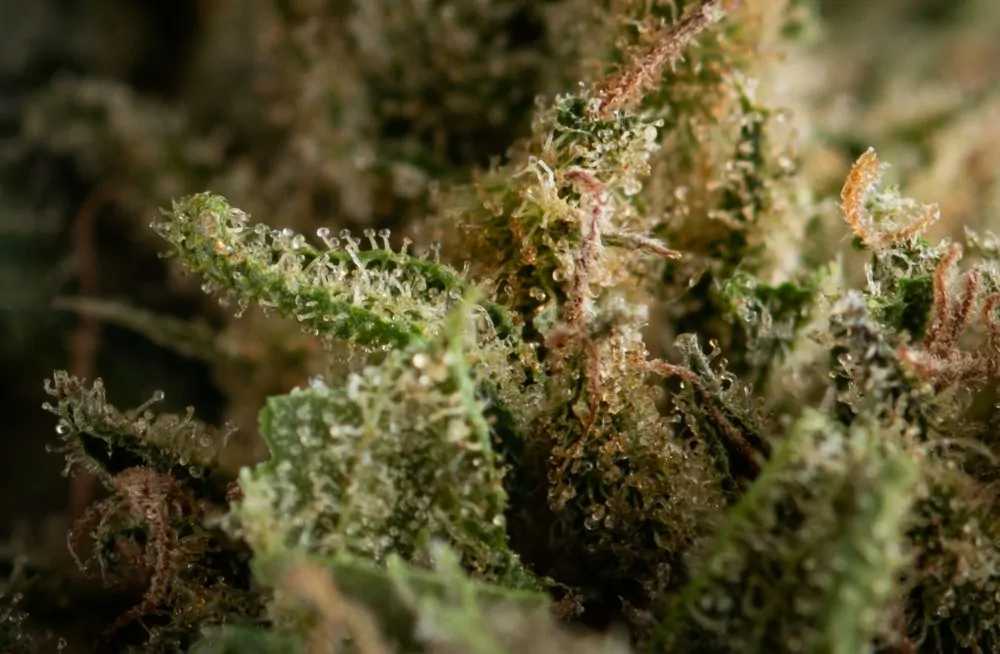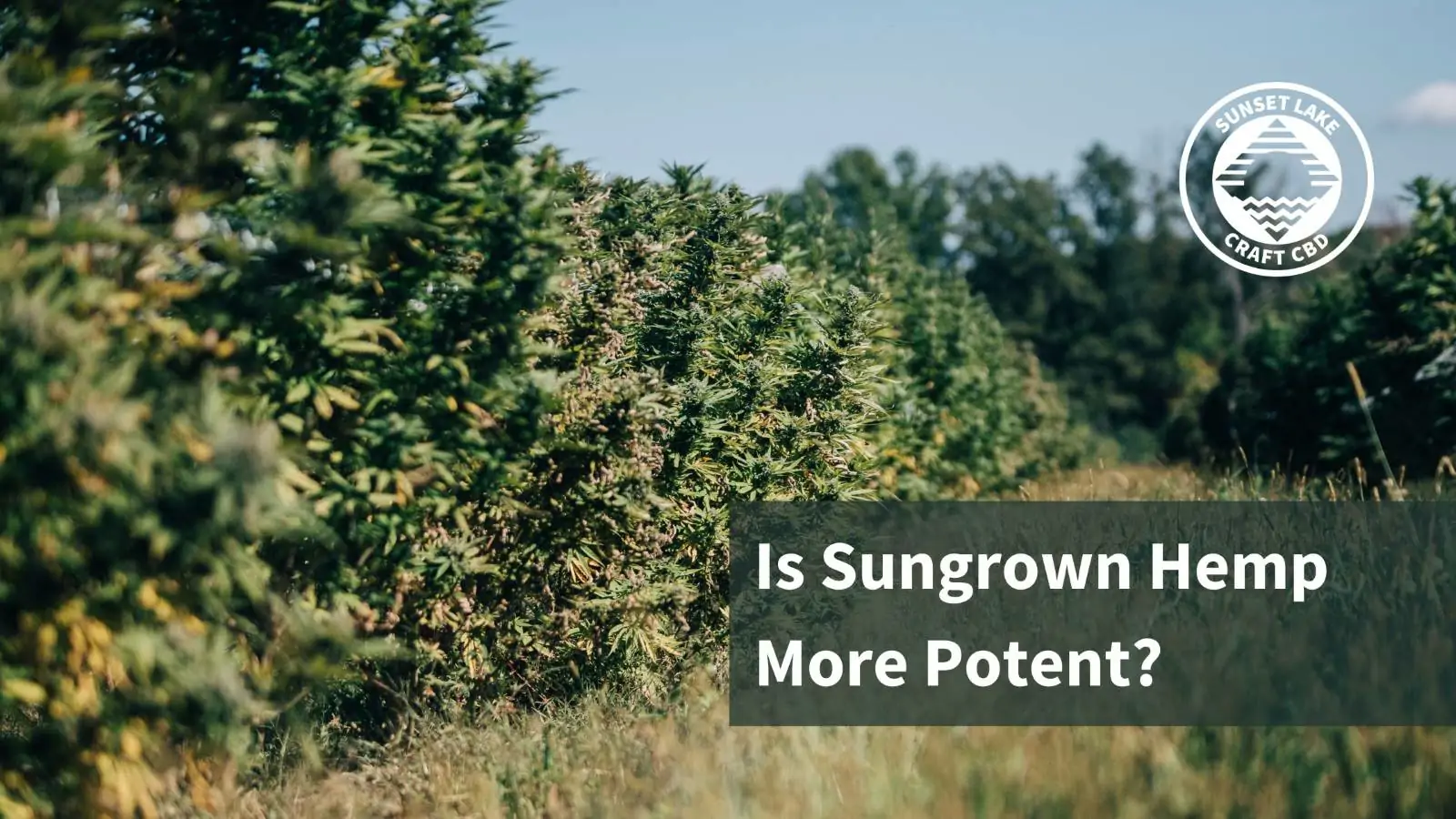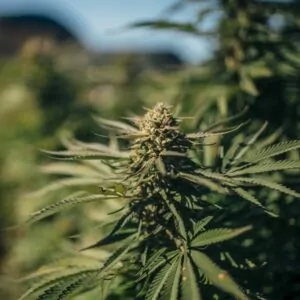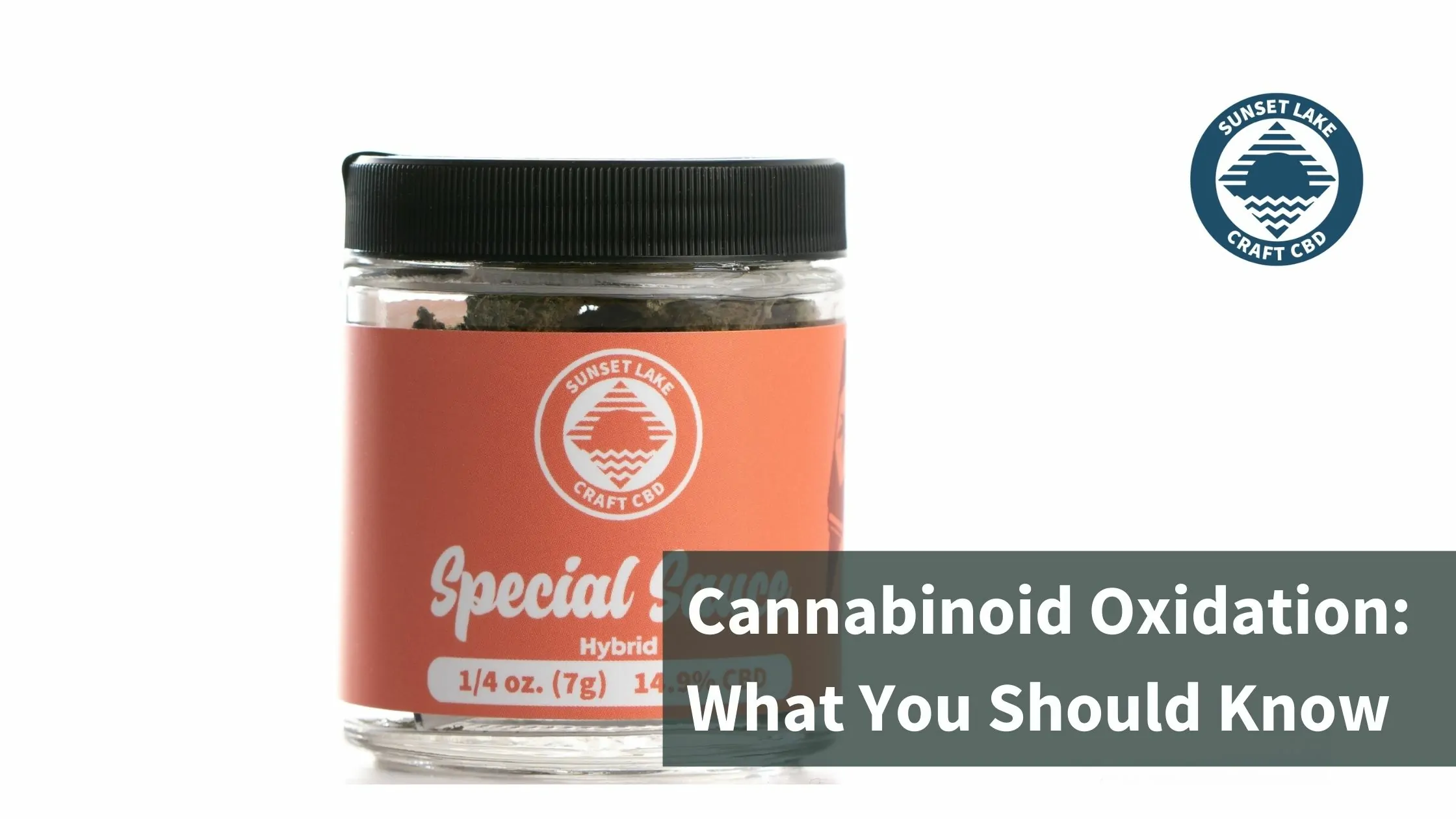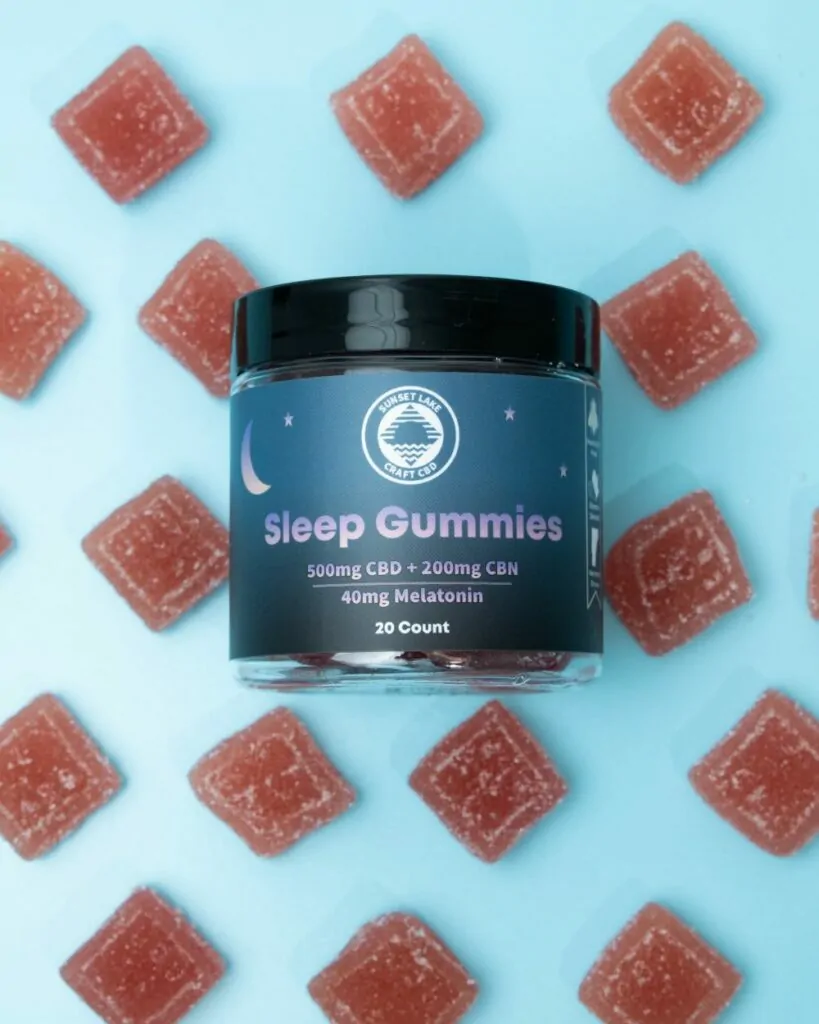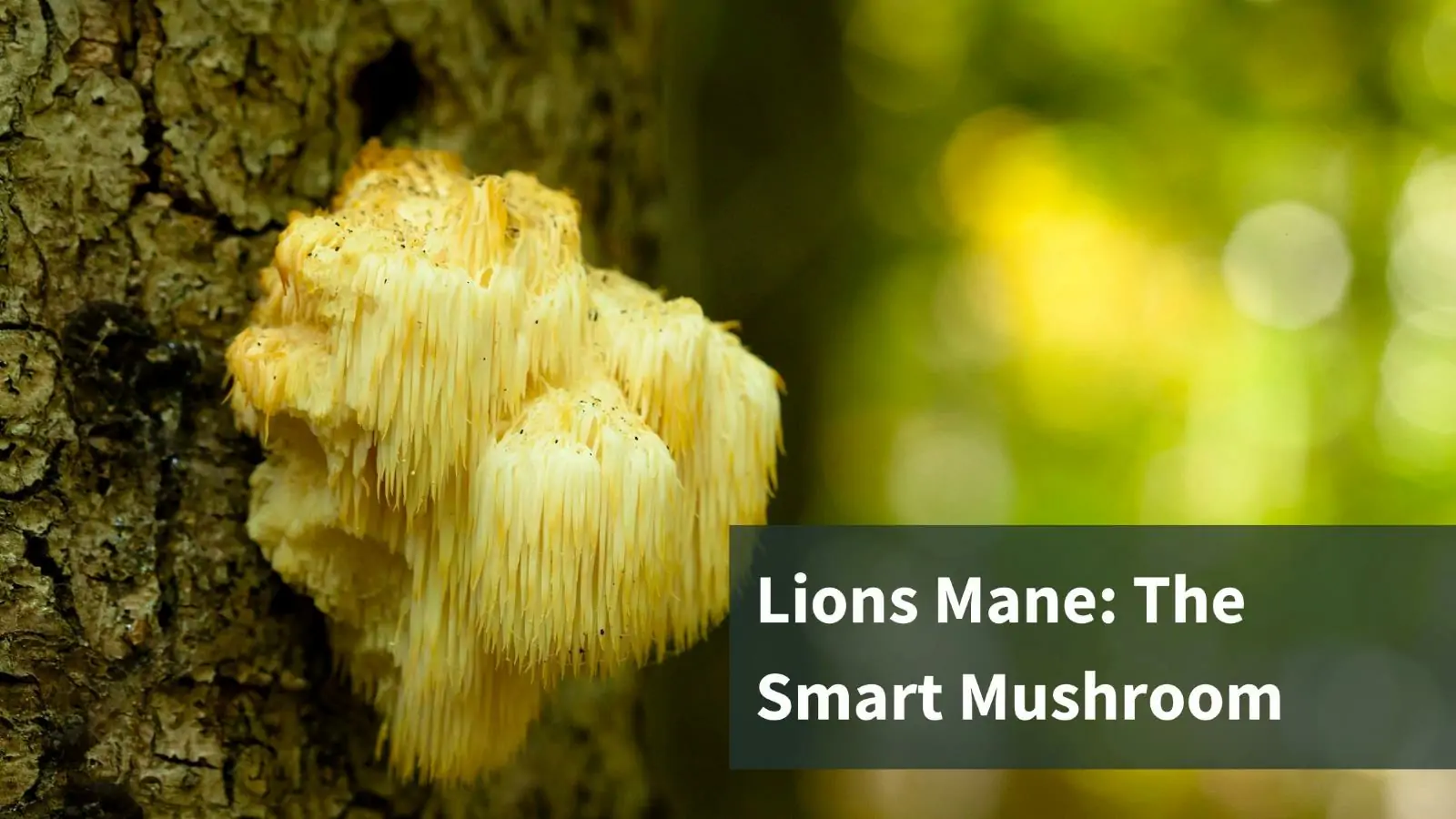No products in the cart.
With the release of Sunset Lake CBD’s Functional Mushroom Gummies, we’ve received several inquiries about their use. The most common question is: can you take functional mushrooms and CBD together?
This is a valid question, and we appreciate the concern. Both supplements have seen a surge in popularity recently, and unlike pharmaceuticals, the FDA does not regulate them. This lack of regulation often leads to consumer uncertainty about their safety and efficacy.
In this post, we’ll address that concern and others by covering:
- What Functional Mushrooms Are
- How CBD Works with Your Body
- How You Can Enjoy Them Together Safely and Effectively
What Are Functional Mushrooms?
Functional mushrooms are a specific class of fungi believed to have adaptogenic properties. Often referred to as medicinal mushrooms, they have been used in traditional medicines for centuries. These mushrooms are celebrated for their potential to improve focus, reduce stress, and enhance sleep quality. Some well-known types of functional mushrooms include Reishi, Lion’s Mane, Cordyceps, and Chaga.
Types of Functional Mushrooms
Reishi: Known as the “mushroom of immortality,” Reishi is often used to support the immune system and promote relaxation and sleep.
Lion’s Mane: This mushroom is recognized for its potential cognitive benefits. It may support brain health, improve focus, and enhance memory.
Cordyceps: Often used to boost energy and athletic performance, Cordyceps may also support respiratory health.
Chaga: Chaga is known for its high antioxidant content and potential immune-supporting properties.
It’s important to note that functional mushrooms do not include psilocybin mushrooms and are not psychedelic.
Functional mushrooms can contain polysaccharides, beta-glucans, and nootropic compounds, which interact with your immune and circulatory systems. This is important to note as we discuss their combined use with CBD.
Health Benefits of Functional Mushrooms
Functional mushrooms have been shown to offer several health benefits, including:
- Immune System Support: Many functional mushrooms contain compounds that may enhance immune function.
- Stress Reduction: Adaptogenic properties help the body cope with stress more effectively.
- Cognitive Function: Certain mushrooms, like Lion’s Mane, are believed to support brain health and cognitive function.
- Antioxidant Properties: Mushrooms like Chaga are rich in antioxidants, which can help protect cells from damage.
What Is CBD?
CBD, or cannabidiol, is a naturally occurring cannabinoid produced by mature hemp plants. It should not be confused with THC, the psychoactive compound found in cannabis. CBD is non-psychoactive, meaning it does not produce the “high” associated with THC. Although the benefits of CBD can vary, many users report improved sleep, reduced stress, and enhanced mood.
How CBD Works
CBD interacts with the body’s endocannabinoid system (ECS), a complex cell-signaling system identified in the early 1990s. The ECS plays a role in regulating a range of functions and processes, including:
- Sleep: CBD may help improve sleep quality and duration.
- Appetite: CBD can influence hunger and satiety signals.
- Inflammation Response: CBD has anti-inflammatory properties that may help reduce pain and swelling.
- Memory: CBD might support cognitive function and memory.
- Mood: CBD is often used to alleviate symptoms of anxiety and depression.
Taking CBD and Functional Mushrooms Together
Currently, there is limited literature on the interactions between common functional mushrooms and CBD. Since both supplements are relatively new to the mainstream market, this is understandable. However, because they interact with different bodily systems, they may complement each other.
Potential Benefits of Combining CBD and Functional Mushrooms
Combining CBD with functional mushrooms could potentially offer a synergistic effect, enhancing the benefits of each supplement. For example:
- Enhanced Stress Relief: Both CBD and certain functional mushrooms, like Reishi, are known for their stress-reducing properties. Together, they may provide more comprehensive stress management.
- Improved Sleep Quality: Combining CBD, which can promote better sleep, with functional mushrooms like Reishi, known for its sleep-enhancing properties, might offer a more effective solution for sleep disorders.
- Boosted Immune Function: Functional mushrooms like Chaga, with their immune-supporting properties, combined with the anti-inflammatory benefits of CBD, could help bolster the immune system.
Given their generally good safety profiles, combining CBD with functional mushrooms shouldn’t pose significant issues. If you decide to try both supplements together, follow these steps:
Consult a Health Professional
Before combining any supplements, consult your primary care physician and pharmacist, especially if you are currently taking any medications. They can provide personalized advice based on your health, family history, current medications, and desired outcomes.
Start Low and Go Slow
Begin with low doses of both supplements. Allow your body to adjust to the new regimen with consistent dosing before increasing your intake.
Monitor for Side Effects
While adjusting to both supplements, keep an eye out for any new or unwanted side effects. Keeping a daily journal can help track your body’s reactions. Stop using the supplements immediately if you experience severe side effects like dizziness, shortness of breath, or chest tightness.
Choose High-Quality Products
Purchase only high-quality CBD and functional mushrooms. Research and read reviews to find reputable companies. Due to the underregulated market, it’s important to find products from companies with good standing and proper testing documentation.
Comparing Sunset Lake CBD with Competitors
When comparing our products with those of our competitors, it’s essential to highlight the unique aspects of Sunset Lake CBD’s offerings:
Quality Assurance
At Sunset Lake CBD, we prioritize quality and transparency. All our products undergo rigorous third-party testing to ensure they meet the highest standards of purity and potency. Our lab results are available on our website, providing customers with complete transparency about what they’re consuming.
Product Innovation
Our Functional Mushroom Gummies are a testament to our commitment to innovation. By combining the benefits of CBD with functional mushrooms, we offer a unique product that stands out in the crowded supplement market. Competitors often offer either CBD products or functional mushroom products, but few offer a blend of both, which sets us apart.
Customer Satisfaction
Customer satisfaction is at the heart of what we do. We value customer feedback and continuously strive to improve our products based on user experiences. Our customer service team is always available to answer any questions and provide guidance on how to best use our products.
Educational Resources
We believe in empowering our customers with knowledge. Our blog and educational resources provide in-depth information about CBD, functional mushrooms, and how to use them safely and effectively. Competitors may not offer the same level of detailed, accessible information, making Sunset Lake CBD a trusted source for supplement education.
FAQs
Can you take CBD and functional mushrooms together?
- Yes, but it’s important to consult a health professional and start with low doses to monitor your body’s response.
What are the benefits of functional mushrooms?
- Functional mushrooms are believed to improve focus, reduce stress, and enhance sleep quality through their adaptogenic properties.
What does CBD do for the body?
- CBD interacts with the endocannabinoid system, influencing sleep, appetite, inflammation response, memory, and mood.
Are functional mushrooms and psilocybin mushrooms the same?
- No, functional mushrooms are not psychedelic and do not include psilocybin mushrooms.
How can I ensure the quality of CBD and functional mushrooms?
- Research and choose reputable companies with good standing and proper testing documentation.

